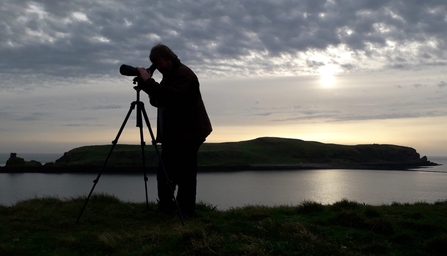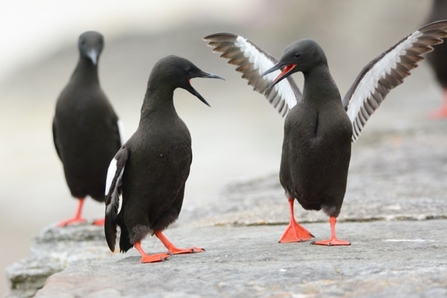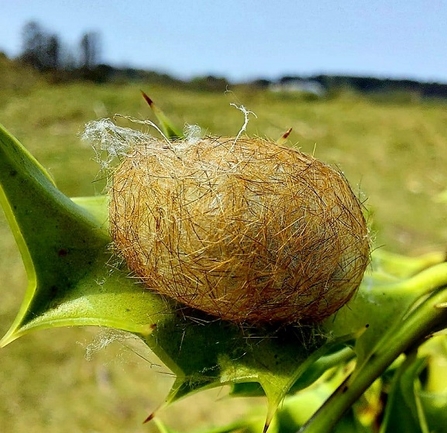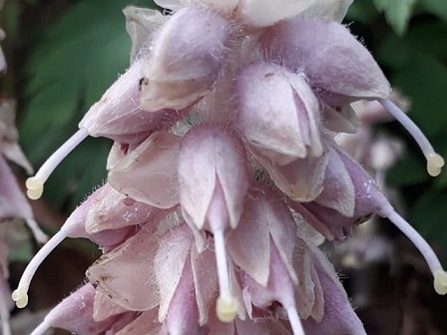Isle of Muck Nature Reserve
One of our first surveys of the year is the Black Guillemot count around Portmuck and Isle of Muck on the Islandmagee Peninsula, Co. Antrim. Black Guillemots (also known as Tysties) are counted in late March or early April. It’s a relatively simple count - the trick is to choose a good weather-window and get there early in the morning.
Tysties are quite easy to tell apart from other seabirds – they’re small and during the breeding season are almost wholly black apart from white wing flashes and fabulously bright red feet. They dive for their food (small fish such as butterfish and crustaceans are amongst their favourites) and they breed along rocky coasts and around harbours, often staying quite close to the shore. Get a good look at one through binoculars and you will almost certainly agree that they are one of the most stunning seabirds anywhere.
Anyway, back to Portmuck and the Isle of Muck - in previous years counts in the mid-teens were considered pretty good in this area but 2020 saw the numbers here shoot up to 42 individuals. I can remember being lost for words – scanning the full horizon again and again to make sure I wasn’t making things up in my mind, what a result!












